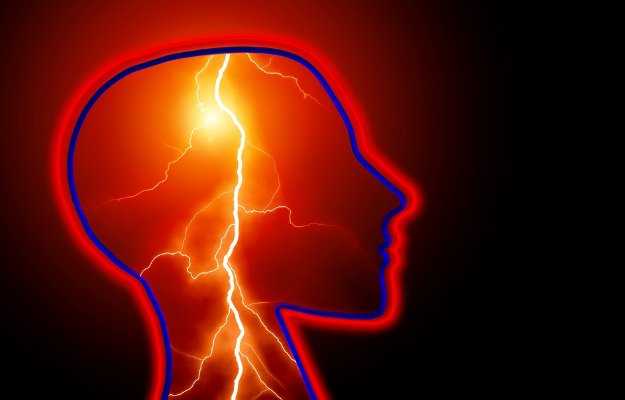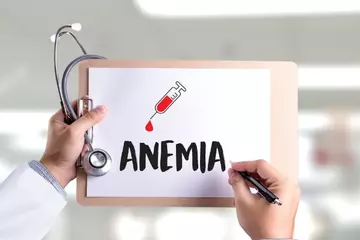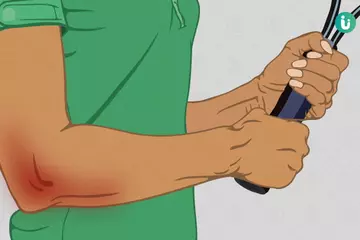What is Lennox-Gastaut syndrome?
Lennox-Gastaut syndrome (LGS) is a severe case of epilepsy that begins during early childhood. The most common symptoms of the syndrome are seizures and impaired learning/mental skills.
Also, the syndrome usually manifests in children between the ages of 3 to 5 years.
What are its main signs and symptoms?
Since the condition is the result of a nervous disorder, a wide range of symptoms exist. These symptoms are classified as:
- Tonic LGS with stiffening of the body muscles
- Atonic LGS leading to loss of muscle tone and consciousness
- Myoclonic LGS with sudden muscular jerks
- Atypical LGS/ absence seizures where the seizures have a slow onset. These seizures can manifest as loss of awareness, muscle twitching, and eye flutter
Some common symptoms of the condition are:
- Muscle stiffness in the arms and the legs.
- Lack of balance
- Periods of unconsciousness
- Excessive nodding
- Unexplained loss of muscle mass
- Poor cognitive function
- Difficulting in processing information
- Developmental delays
- Infantile spasms
What are its main causes?
The syndrome usually arises due to defects in the genetic makeup of the individual. However, the specific causative factors remain unknown. It can also be caused by existing neurological abnormalities like brain injury, problems in blood supply to the brain, brain infection, brain tumour, and cortical dysplasia (brain developmental disorder present from birth).
On the other hand, a small population of LGS patients have epilepsy history, beginning from infancy or west syndrome (severe epilepsy syndrome).
LGS may also be the result of tuberous sclerosis complex, a condition that affects the brain and its function.
Yet, 10 percent of the individuals with LGS may have no prior history of seizures, underlying conditions, or delayed neurologic development. In such cases, research is ongoing to identify the cause.
How is it diagnosed and treated?
The diagnosis is done by observation of:
- Seizure pattern
- Brain wave pattern (through electroencephalogram- EEG) which shows spike and wave pattern
- Cognitive, behavioural, and psychological changes
Hence, a variety of tests may be advised by the doctor to understand the severity of the condition:
- Lab tests may help to rule out other similar conditions and guide the treatment process.
- Complete blood count (CBC) test helps to detect any blood-related infections, electrolyte levels, kidney dysfunction, liver malfunction, or genetic issues.
- Likewise, a spinal tap, also known as lumbar puncture, assist to detect meningitis (bacterial or viral infection) and encephalitis virus.
- Magnetic resonance imaging (MRI) and computed tomography (CT) scans are useful for establishing various functions of the brain and identify scar tissue, tumour, and neurological abnormalities.
- Toxicology report is used to screen for poisons and toxins.
Treatment:
Unfortunately, the disorder is highly resistant to therapeutic options. However, the following alternatives provide partial relief from the condition.
- Anti-epileptic drugs (AED)
- Ketogenic or other dietary therapy
- Surgery or callosotomy
- VNS therapy (vagus nerve therapy aims at seizure control)
- In rare cases, resective surgery
A team of professionals including pediatricians, neurological experts, surgeons, and healthcare service providers may be needed to judge the impact of therapy on the child. Furthermore, the treatment plan to handle seizures and emergencies is also needed. Valproic acid is used as the first-line of therapy to control seizures. Simultaneously, it may also be supplemented by drugs like topiramate, rufinamide, or lamotrigine. Food and Drug Administration (FDA) recommends specific drugs like topiramate as an alternative therapy for children and adults.

 OTC Medicines for Lennox-Gastaut Syndrome
OTC Medicines for Lennox-Gastaut Syndrome















